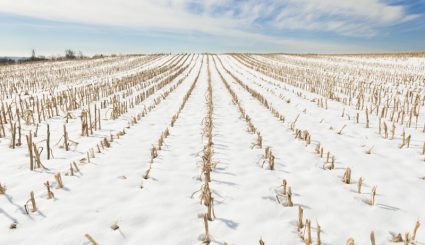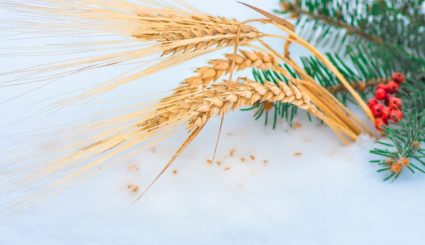From the Field: #Harvest21 update with Alan Gerber

As we did last year during #Harvest20, we’re checking in with ESN Marketing Representative Alan Gerber to hear an update on harvest in his Southern U.S. territory covering TX, OK, NM, KS, AR, LA, MS, AL and W. TN. Continue reading to hear how the growing season went down south and what challenges growers faced this year.
Question: What are the current weather conditions in your area?
Answer: Mid-September has been very warm, with a few days setting record highs for this time of year, approaching triple digits…however, fall is definitely in the air and a cool front has just arrived. The geography as a whole has experienced good moisture this growing season but there were areas that missed out. As the season progressed, western portions of the region have dried out while most eastern areas caught fairly significant to extreme amounts of rainfall namely from tropical storms and hurricanes in the Gulf.
Q: How much harvest progress have you seen so far?
A: Corn harvest is starting to wrap up in southern areas and going strong as you move further north. In my local area (Texas Panhandle), there is quite a bit of corn grown for silage which cutting was started in early/mid-August and the end is in sight. There were some delays around cotton planting due to moisture, which has translated to a later crop here.
The Southeast has experienced a handful of delays caused by the previously mentioned late season rain in the region. Growers are currently starting on peanuts and attention will soon be directed towards cotton.
Q: How are yields looking?
A: Overall, very good. There were some areas/pockets that are struggling due to lack of moisture but as a whole things are looking good as most of the region experienced a favorable growing season. Expectations are that the later season rains in the Southeast will likely hamper crop conditions for some of the crops yet to come off.
Q: What challenges did growers face this year?
A: While most growers in the region experienced generally favorable growing conditions, the biggest challenges revolved around moisture and timing. While select areas seemed to struggle to receive the in-season rainfall they needed, a majority of what I have been hearing are growers who needed to be in the field working and were either delayed due to excessive moisture levels or that excessive moisture mitigated some of the field work they just finished (i.e. nitrogen application).
I’ve had the opportunity to talk to several farmers who have used ESN this year and knew they were not facing the same set of challenges as their neighbors who didn’t use the product, and the results are really starting to show up now as harvest is in full swing. Regardless of too much, too little, or untimely rainfall, ESN is designed to protect your nitrogen investment.
Q: Are you recommending a fall ESN application in any of your geographies/crops?
A: Ideally, fall-applied ESN is best suited for areas with cooler and drier climates which are typically less susceptible to nitrogen loss. We typically do not promote fall-applied ESN in the southern region, however, there is great potential for fall crops such as winter wheat and fall forages. ESN allows growers to be more efficient with nitrogen in the fall (preferred pre-plant incorporated or seed placed) allowing larger top dress windows come spring, and has been proven to minimize the number of in-season applications by further utilizing pre-plant nitrogen.
How is harvest progressing in your growing area? Did you face any challenges with your nitrogen this season? Let us know in the comments or get in touch with your local rep to discuss your nitrogen management plan for next year. Happy #Harvest21!


